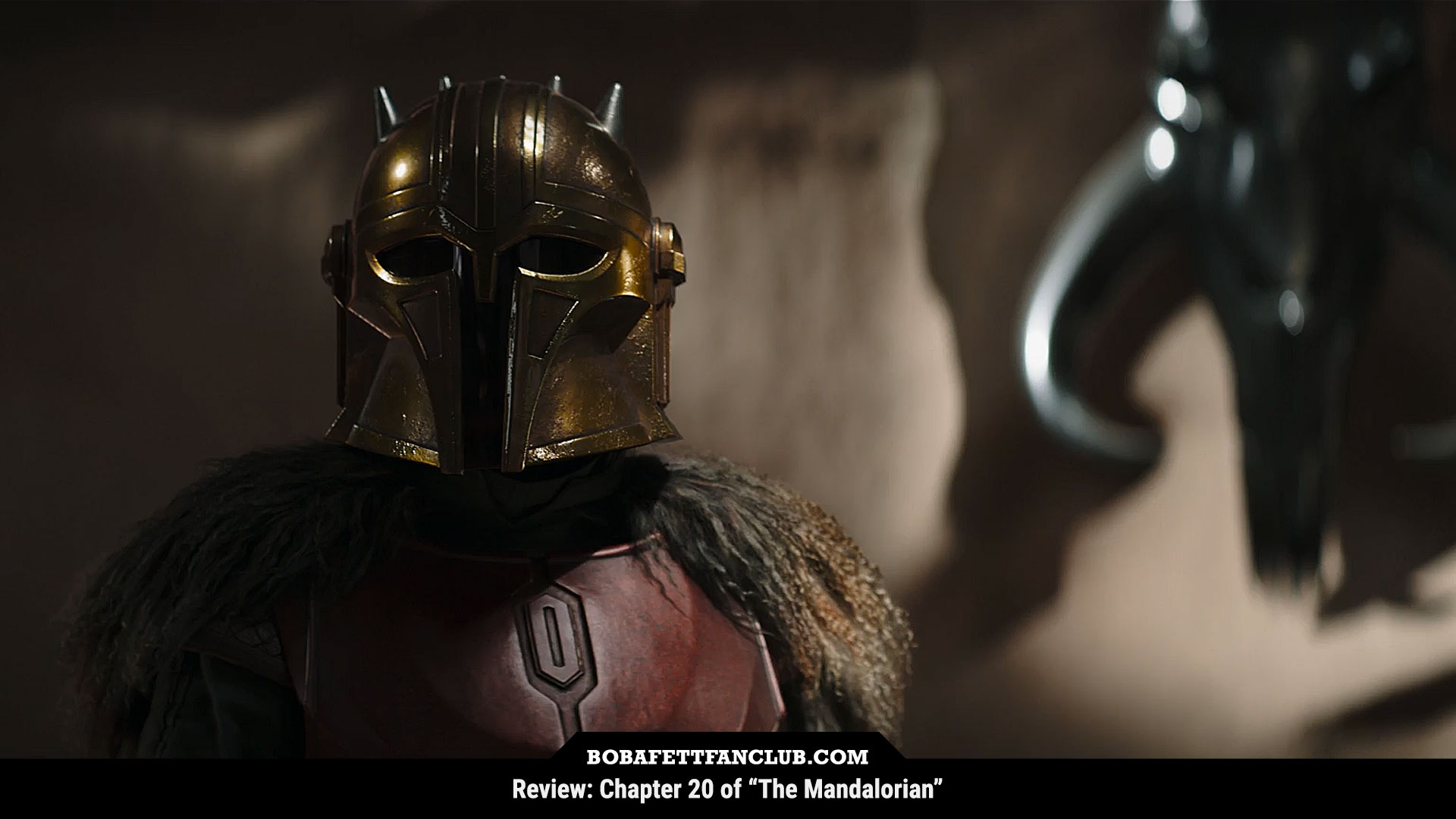
Review: Chapter 20 of "The Mandalorian"
“The Foundling” unexpectedly drew upon foundational Mandalorian lore into the importance of family to their culture.
When I first saw the title of “The Mandalorian” Chapter 20, “The Foundling,” I assumed it was going to be all about Grogu. And it partially was. But in all actuality, the episode revolved around three foundlings, two of whom fit the literal definition of the term as a child who is in training to become a Mandalorian (Grogu and Ragnar Viszla) and one who is more of a metaphorical foundling in a new Mandalorian tribe, Bo-Katan Kryze.
Writer Karen Traviss first established the importance of family and foundlings to the Mandalorian people in the February 2006 article “The Mandalorians: People and Culture” from Star Wars Insider #86. In it, she writes, “Whatever drove the first humans to adopt Mandalorian customs and language, they remain a people who will accept anyone willing to follow their code, and non-human species are welcomed into the community. Mandalorians believe that you are what you do, not what an accident of birth dictates.”
The events of Chapter 20 embody that sentiment perfectly. The episode begins with a wide shot of the Mandalorians of the Covert in a rainbow of colorful armor sparring together. The Mandalorian culture prizes strong warriors, and in Traviss’ article, there is a huge emphasis on beginning foundling training early so they can protect themselves and their families. It still tickles me seeing the elements originally from Boba Fett’s armor being used by other Mandalorians, and the fight choreography of the scene was beautiful.
Grogu, in the meantime, is having fun controlling playing with crabs on the beach when Mando Dad Extraordinaire Din Djarin strolls up to tell him it’s time for him to learn with the other foundlings. Grogu doesn’t seem too interested in training, but his Dad’s insistence that he learn is all-too-familar for many of us whose parents did the same.
Din brings Grogu to the rest of the training Mandalorians, boldly proclaiming, “Next challenger!”
Despite his judgment in letting a tiny baby go up against a much bigger opponent being questioned by no less than three other Mandalorians, Din makes sure his foundling is included. It was incredibly cute watching Din defend his son’s honor, even against a smart-ass little kid like Ragnar who doesn’t know better when he questions why Grogu doesn’t wear a helmet.
It was even cuter watching Bo-Katan’s pep talk as she arms Grogu with the training darts. “Don’t worry. My Dad was the same way. He’s just proud of you,” she says.
Katee Sackoff delivered those lines perfectly. It’s hard not to get emotional thinking about your own parental figures as you watch. A final, “You take it easy on him, kid,” makes me hope beyond all hopes that Bo-Katan will continue to grow her relationship with Grogu and even become a maternal figure to him as he grows up.
Grogu doesn’t do too well during the first two rounds, and Pedro Pascal’s line delivery as the hard-ass Dad who steps back to let his kid fight his own battle is perfect, too. Din encourages Grogu to show everyone what he can do, and with some Jedi flips, the young green foundling takes down Ragnar with three precise dart strikes to the chest. The Covert’s acceptance of Grogu’s skills, despite them being the tools of their culture’s once-enemies the Jedi, again emphasizes that Mandalorians will accept anyone willing to follow their code, even those who are much different.
Ragnar’s Dad, Paz Viszla, repeats Din’s “One doesn’t speak unless one knows,” which gets an exasperated sigh (and probably an eye roll under that helmet) from his foundling.
Unfortunately, that is when the shriek-hawk, a creature we’ve never before seen in live action, but is significant in both Legends and Canon, swoops down to steal away poor Ragnar.
My first thought was that the Covert should consider moving to a place that’s not constantly trying to kill them. My second was that it was very cool that the shriek-hawk was included in an episode of “The Mandalorian.”
The shriek-hawk is specifically mentioned in Traviss’ article because the creature’s eyes (“jai’galaar’la sur’haii’se” in Mando’a) are an important sigil given to Mandalorians who show courage in battle. You may have heard them referred to as “Jaig eyes,” and they originate from an early rendition of Boba Fett’s helmet by Joe Johnston. You’ve seen them on Clone Captain Rex’s helmet, too.
Despite a noble effort from the Covert at large and Bo-Katan in her Gauntlet fighter specifically, the shriek-hawk escapes, leading Paz to say mournfully, “It always gets away.”
Bo-Katan finds the shriek-hawk’s nest and suggests getting a hunting party together to rescue the foundling. As Bo-Katan, Din and the others leave, the Armorer takes over Grogu’s care, telling him to come with her and that, “If you wish to become a Mandalorian, there is much work to attend to.” It’s all business when it comes to foundling training! The Grogu puppeteers work their magic to show him shuffling along way behind the Armorer as she disappears into the Forge. His little legs can’t keep up!
The Armorer begins making a new piece of armor for Grogu after his earlier training win, and delivers a beautiful monologue on Mandalorian culture.
“Just as we shape the Mandalorian steel, we shape ourselves,” she says. “We all begin as raw ore. We refine ourselves through trials and adversity. The Forge can reveal weaknesses.”
This again echoes Traviss’ foundational work on Mandalorian culture: “Mandalorians believe that you are what you do, not what an accident of birth dictates.”
That message and the sparks of her tools as they forge the metal triggers a flashback for Grogu of his own trials that he faced as a youngling during Order 66.
As a prequels superfan, I can only describe the scene that follows as *chef’s kiss*. We finally see the second half of the flashback we originally saw in “The Book of Boba Fett,” in which Jedi are cut down while trying to protect Grogu from the clone troopers trying to kill them.
The Jedi manage to throw his hoverpram into the elevator just in time.
And who do we see as the elevator arrives at its destination but Jedi Master Kelleran Beq, portrayed by Ahmed Best, the actor who also played Jar Jar Binks in the prequels. I am so glad Best finally got his triumphant return to Star Wars live action after he faced so much criticism, hate and racism from fans during the prequels era. He deserves all of the love from Star Wars fans that he was denied back then, and being the Jedi who saved the beloved Grogu from Order 66 was the perfect way to set him up for that success. As an aside, Best first developed the Kelleran Beq character when he hosted the game show “Star Wars: Jedi Temple Challenge” on the Star Wars Kids YouTube channel.
“Everything’s gonna be alright, kid,” Beq confidently tells the frightened youngling, and even if it was unintentional, it was the perfect line for an actor who faced so much adversity in his debut, but still came out on the other side of it.
The Coruscant chase scene had everything: Beq and Grogu ride a BARC speeder, Temuera Morrison voices the clones, the Jedi temple is set ablaze in an homage to a pivotal Padmé Amidala scene in “Revenge of the Sith,” Republic gunships full of Coruscant Guard troopers fly into live action for the first time AND Royal Naboo Security Forces help Grogu escape in a shiny silver H-type Nubian yacht.
As a fan, I am being serviced, and I don’t mind it one bit.
The flashback ends, and the Armorer gives Grogu the finished Beskar rondel that she assures him he will grow into as he grows into his station.
As one foundling’s journey in the episode ends, another continues as we return to the Covert search party led by Children of the Watch “foundling” Bo-Katan. Like a young foundling, she is learning the customs of this sect of Mandalorians, like how they eat when they’re not allowed to take their helmets off in front of anyone else. She even gets a place of honor by the fire as the leader of the war party.
A montage of Mandalorians rock climbing to the shriek-hawk’s nest leads to the rescue itself, when the foreshadowed father-son relationship between the lost foundling and Paz is confirmed, along with the child’s name, Ragnar. “Ragnar” is also significant in Star Wars, originating from the West End Games’ “Star Wars: The Roleplaying Game” sourcebook Galaxy Guide 10: Bounty Hunters, as a celestial object called Ragnar VIII in the Outer Rim. A Bounty Hunters’ Guild syndicate of the same name calls that object home.
The Mandalorians find three baby shriek-hawks in the nest, and as the Mom shriek-hawk comes back to defend her family (more parallels to Mandalorian culture!), she regurgitates Ragnar whole, who is then caught by Din.
And in yet another prequels reference, the Mom shriek-hawk is eaten by the “giant dinosaur turtle” of Chapter 17, because there’s always a bigger fish.
The war party returns home to celebratory cheers, one rescued human foundling and three now-orphaned shriek-hawk foundlings in tow.
The Armorer gives special recognition to Bo-Katan for her role as the mission’s leader, saying, “You have honored your house and all of Mand’alor. You have done the highest honor of the Creed, saving a foundling.”
Bo-Katan finally says, “This is the way,” and her initiation into the Children of the Watch is complete.
It all goes back to Traviss: “Mandalorians believe that you are what you do, not what an accident of birth dictates.” While Bo-Katan had inborn status as a leader of Mandalore as part of the royal family, her heightened status in the Children of the Watch was not just given to her automatically. It was her courageous actions that saved a foundling that did.
During the rescue, Bo-Katan lost one of her signature Nite Owl shoulder pauldrons, and in another gesture of honor, the Armorer makes her a new one. Bo-Katan wants to wear a mythosaur sigil, but not just because the creature “belongs to all Mandalorians.”
She tells the Armorer about her encounter with a real mythosaur beneath the Living Waters on Mandalore, but isn’t believed at first. She emphasizes that what she saw was real, and the episode ends with the Armorer repeating the Children of the Watch’s mantra: “This is the way.”
I loved how much of the lore from Karen Traviss’ “Mandalorians: People and Culture” was woven throughout the episode, and the prequels nostalgia fest didn’t hurt either. And while the first three episodes of “The Mandalorian” season 3 were uneven for me, I thoroughly enjoyed Chapter 20 from beginning to end.
I’m looking forward to seeing how the Mandalorian cultural dynamic plays out during the rest of the season, as well as the growth of all of this episode’s foundlings, as the season continues. I have no clue what’s coming next, and that’s making this season’s turn away from what everyone had predicted so exciting.
Rating
More from This Author
 Exclusive Interview with Ethan Sacks, Author of “Star Wars: Boba Fett – Black, White & Red #3”
Exclusive Interview with Ethan Sacks, Author of “Star Wars: Boba Fett – Black, White & Red #3”
 Exclusive Interview with Saladin Ahmed, Author of “Star Wars: Boba Fett – Black, White & Red #2”
Exclusive Interview with Saladin Ahmed, Author of “Star Wars: Boba Fett – Black, White & Red #2”
 Exclusive Interview with Benjamin Percy, Author of “Star Wars: Boba Fett – Black, White & Red #1”
Exclusive Interview with Benjamin Percy, Author of “Star Wars: Boba Fett – Black, White & Red #1”
 Everything Boba Fett From Toy Fair New York 2025
Everything Boba Fett From Toy Fair New York 2025
 NYCC 2024: Lucasfilm Publishing Panel Liveblog
NYCC 2024: Lucasfilm Publishing Panel Liveblog

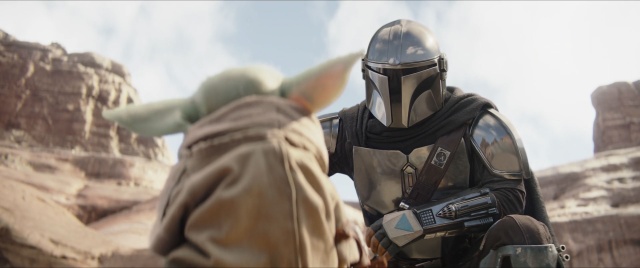
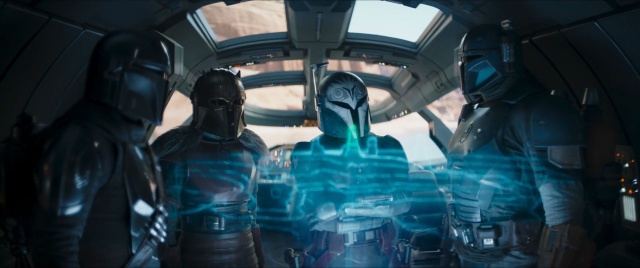
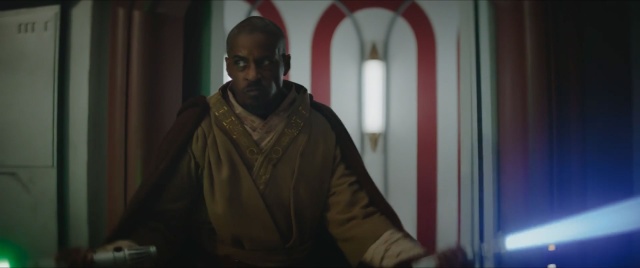
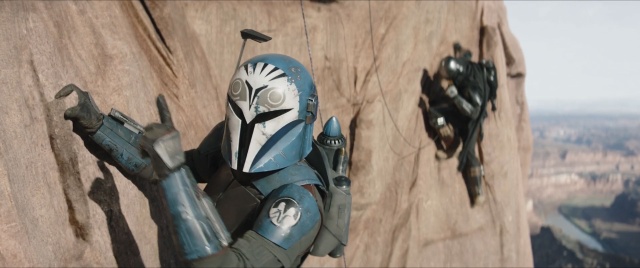
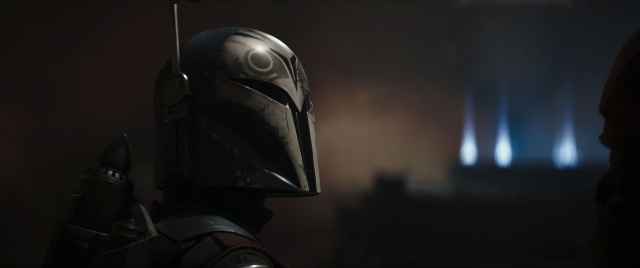







Comments